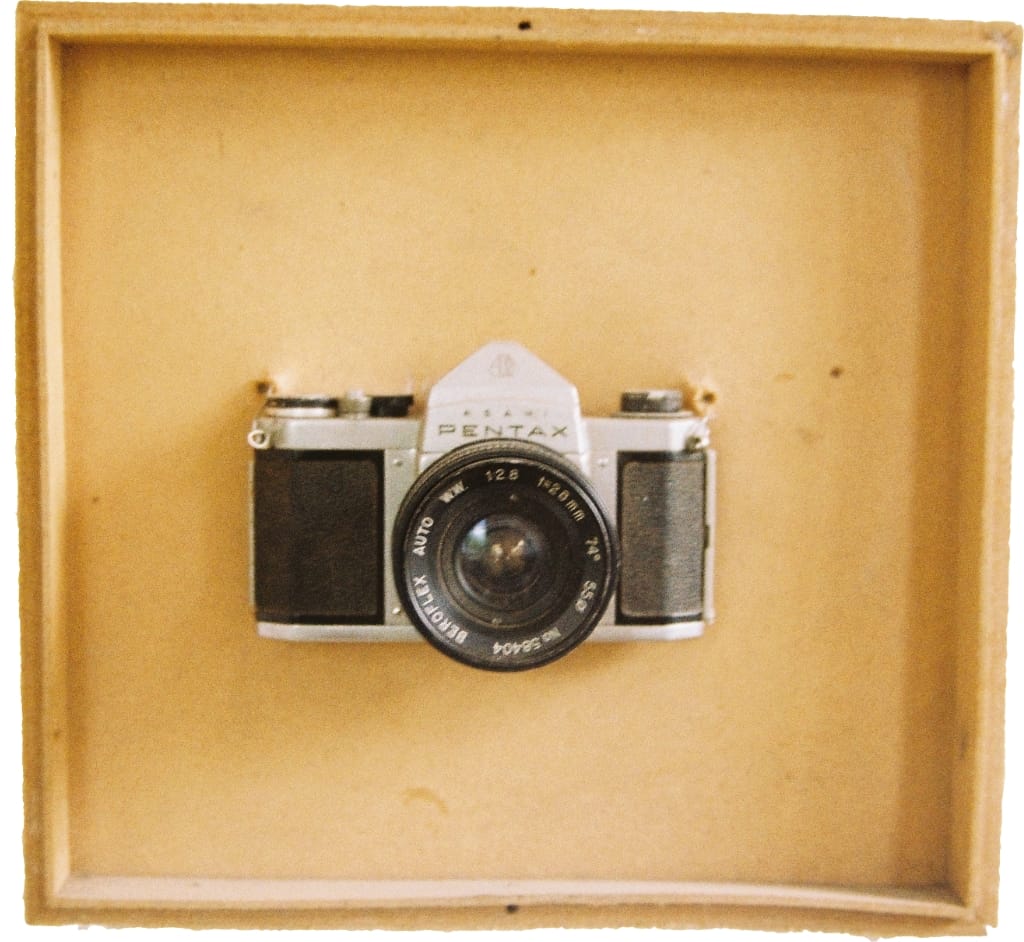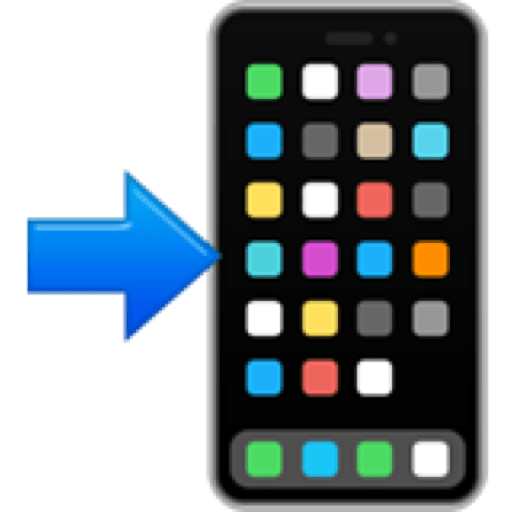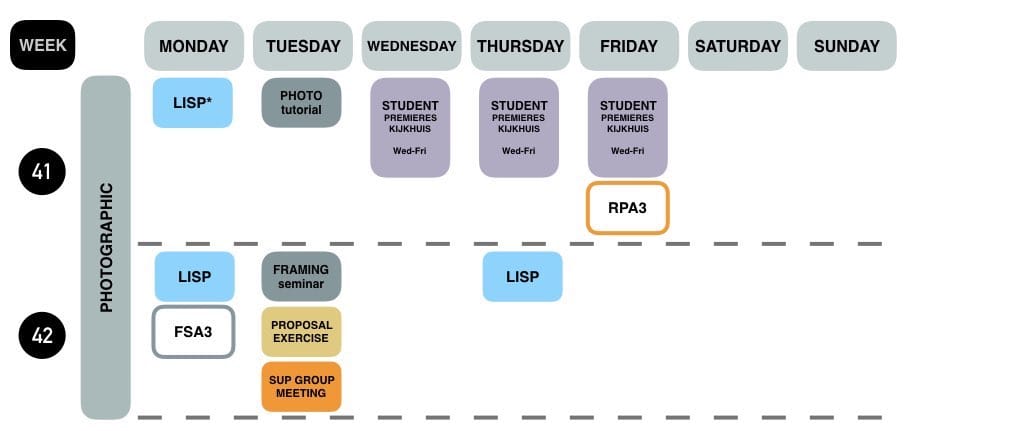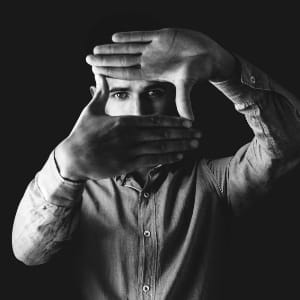FSAs should be submitted to Pitch2Peer (P2P) before 18:00!
Photo Series: The images should give significant attention to framing and composition and be generally attentive to camera techniques and aesthetics. While Freeman’s criteria for individual photographs should guide your selection of images, your main task will be to think in image-series that develop an idea through combinations.
Part 1 – Photo-survey
The first series asks you to collect a series of images that provide a survey of cultural and social patterning and is primarily motivated by a documentary impulse. Use Colliers’ method for making a photographic survey/inventory (handout). Produce a series of 10 images from field studies that attempt to create a collection of items that constitute some sort of set. In addition to photographs, you may include up to 3 drawn depictions and/or video stills. Place each image in a slide presentation. Give equal attention to each individual photo by making each image the same size and placing only one image per slide/page. Title the series in a way that describes the set, write a short overall description of the collection (approx 25 words), plus a descriptive caption (approx 10-20 words/each) for each image. Save as a PDF to lock formatting.
Part 2 – Photo-essay
The second series asks you to employ a narrative or argument-driven logic that structures a series of photos as a progression that employs montage as a dialectical method and is motivated by conceptual thinking. Consider Sutherland’s description of a photo-essay and review the Writing with Light peer review rubric (see below) in the making of your assignment. Your photoessay should include a series of 10 images from your field studies, and may combine object and location photographic studies with up to 3 drawn depictions and/or video stills. Create a slide presentation with your photographs. You are encouraged to juxtapose images, contrast sizes, and experiment with different styles of page layout by considering how the images relate to one another. Include introductory text and accompanying captions (500-800 words total). Save as a PDF to lock formatting.
Meta-commentary: All assignments must be accompanied by a brief written reflection (200-300 words max) that provides a ‘meta-commentary’ about the student’s intentions with the assignment’s selection.




